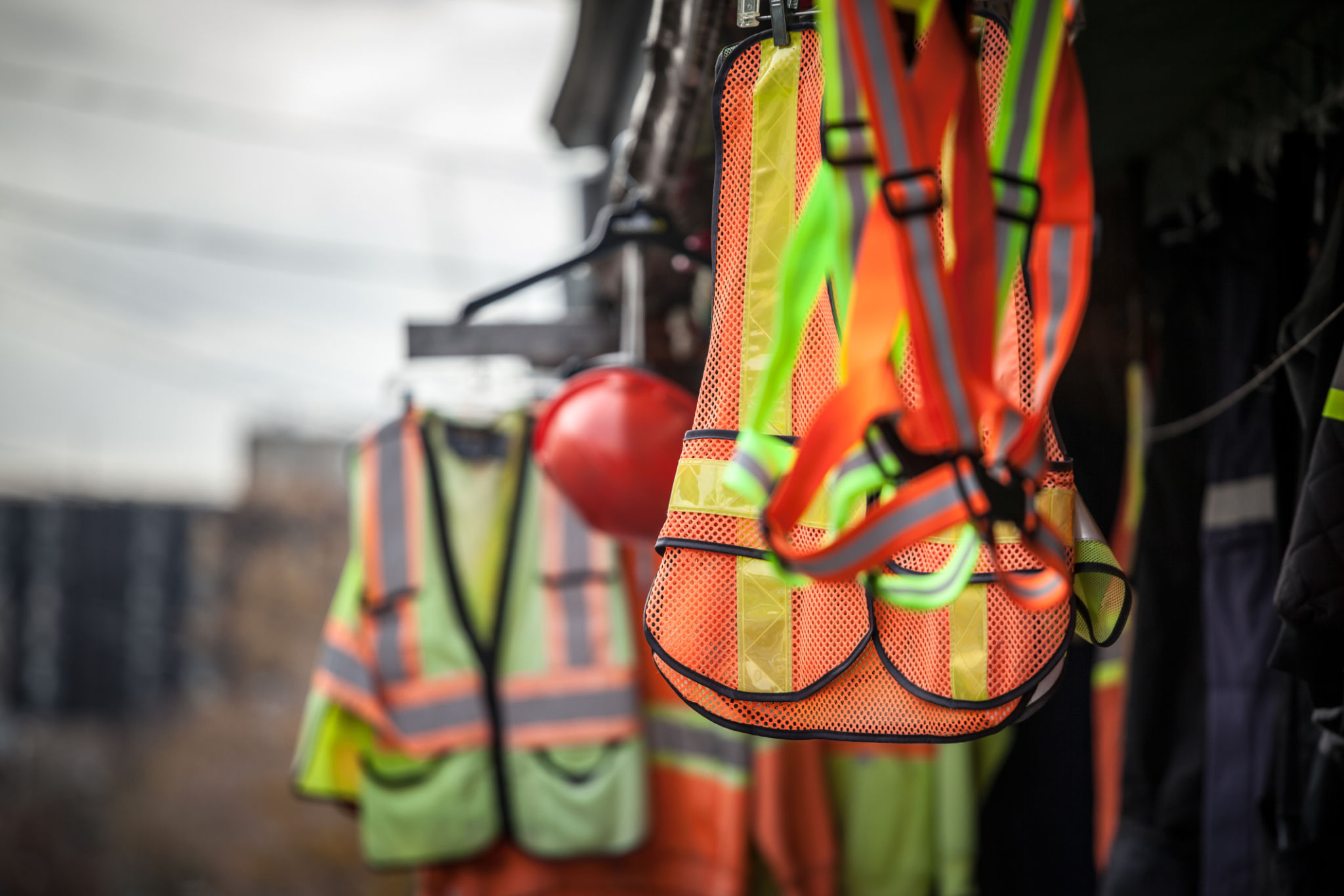Understanding Local Scaffolding Regulations in South Australia
Introduction to Scaffolding Regulations
In South Australia, understanding local scaffolding regulations is crucial for ensuring the safety and compliance of construction projects. Scaffolding, a temporary structure used to support work crews and materials, must adhere to strict guidelines to prevent accidents and injuries. This post aims to provide a comprehensive overview of these regulations, helping businesses and workers navigate the legal landscape effectively.
Scaffolding regulations in South Australia are primarily governed by the Work Health and Safety Act 2012. This legislation mandates that all scaffolding activities must be carried out in accordance with safety standards to protect workers and the public. Failure to comply with these regulations can result in significant fines and legal consequences.

The Importance of Compliance
Compliance with scaffolding regulations is not just a legal obligation but also a moral one. By following the prescribed guidelines, construction companies can significantly reduce the risk of workplace accidents, creating a safer environment for their employees. Moreover, maintaining compliance can enhance a company's reputation and credibility within the industry.
One of the critical aspects of compliance is ensuring that all scaffolding equipment is regularly inspected and maintained. This involves routine checks for wear and tear, as well as ensuring that any repairs or replacements are carried out promptly. Proper documentation of these inspections is also essential, as it serves as proof of compliance in case of an audit or investigation.

Key Regulations to Consider
Several key regulations must be considered when working with scaffolding in South Australia. These include requirements for scaffold design, construction, and dismantling. For instance, scaffolds must be designed by a qualified engineer to ensure they can support the intended loads. Additionally, only trained personnel should be involved in erecting and dismantling scaffolds to minimize risks.
Another critical regulation pertains to fall protection. Employers must implement measures to prevent falls from heights, such as using guardrails and personal protective equipment (PPE). Regular training sessions should be conducted to ensure that workers are aware of these safety measures and know how to use them effectively.
- Scaffold design by a qualified engineer.
- Trained personnel for erection and dismantling.
- Fall protection measures.
Training and Certification
Training is a fundamental component of scaffolding safety. In South Australia, workers involved in scaffolding tasks are required to undergo specific training programs. These programs cover various aspects of scaffolding work, including safety protocols, equipment handling, and emergency procedures.
Certification is also crucial for ensuring that workers possess the necessary skills and knowledge to perform scaffolding tasks safely. Employers are encouraged to verify the certifications of their employees regularly and provide additional training if needed. This ensures that all personnel remain up-to-date with the latest safety practices and regulatory changes.

Conclusion
Understanding and adhering to local scaffolding regulations in South Australia is essential for maintaining safety and compliance on construction sites. By prioritizing compliance, investing in training, and ensuring proper equipment maintenance, businesses can create safer work environments and avoid costly legal repercussions. As the industry continues to evolve, staying informed about regulatory updates will play a crucial role in achieving long-term success.
